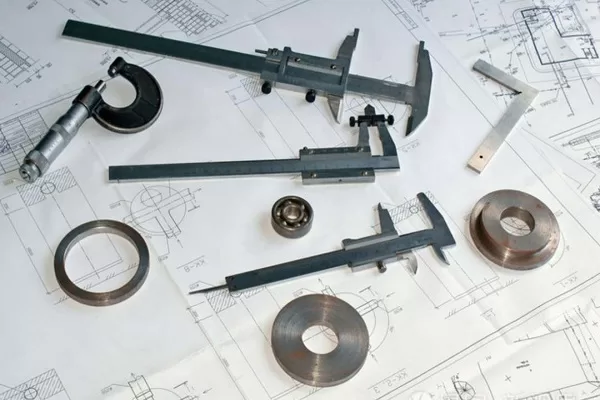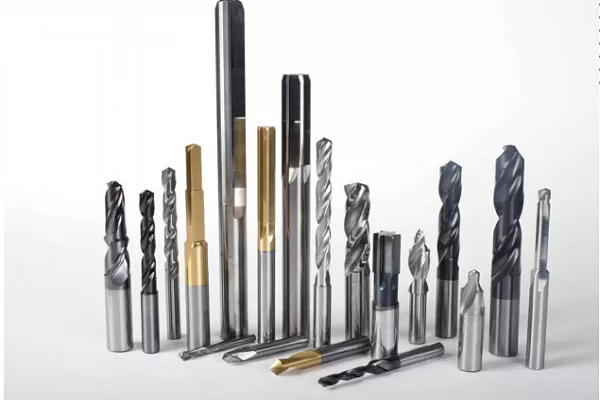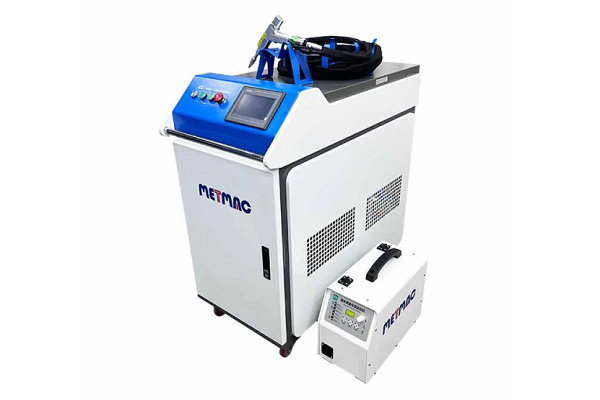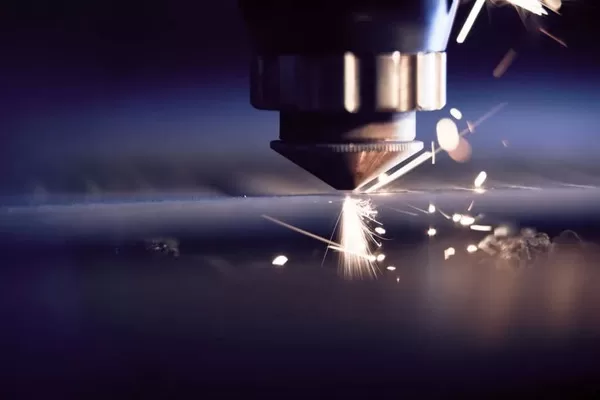
Understanding the Operation and Mechanics of Rectangular Duct Machines
- By:Metmac
- 2024-05-11
- 101
In the realm of HVAC systems, rectangular duct machines play a pivotal role in shaping and distributing airflow within buildings. Understanding their operation and mechanics is crucial for professionals involved in the design, installation, and maintenance of these vital components. This article delves into the intricate workings of rectangular duct machines, exploring their key features, principles, and technological advancements.
Components of Rectangular Duct Machines
Rectangular duct machines are multifaceted systems comprising an array of components. These include:
– Uncoiler: The uncoiler unwinds the raw metal coil, which is then fed into the forming section.
– Roll Former: The roll former shapes and molds the metal into the desired rectangular duct shape.
– Flute Machine: The flute machine creates longitudinal grooves in the duct to enhance its structural rigidity.
– Pittsburgh Lock Machine: The Pittsburgh lock machine joins the edges of the duct material to form a secure and airtight seam.
– Notcher: The notcher removes material from the duct corners to facilitate duct connection and branching.
Principles of Operation
The operation of rectangular duct machines is governed by a set of fundamental principles:
– Uncoiling and Feeding: The uncoiler releases the metal coil, which is then guided into the roll former.
– Roll Forming: Multiple sets of rollers shape the metal into a U-shaped profile.
– Fluting: The flute machine presses ridges into the duct’s surface, enhancing its structural integrity.
– Pittsburgh Lock Seaming: The overlapping edges of the duct material are folded together and interlocked, forming a durable and airtight seam.
– Notching: Precision notches are cut into the duct corners to enable branch connections and ductwork modifications.
Technological Advancements
Over the years, rectangular duct machines have undergone significant technological advancements:
– Automated Controls: Modern duct machines are equipped with advanced controls that automate the forming, seaming, and notching processes, ensuring accuracy and efficiency.
– Laser Cutting: Laser cutting systems provide precise and burr-free notching, minimizing material waste and improving ductwork aesthetics.
– CAD/CAM Integration: Advanced duct machines can integrate with computer-aided design (CAD) and computer-aided manufacturing (CAM) systems, allowing for seamless workflow and reduced design errors.
– Energy Efficiency: Energy-efficient duct machines utilize variable-speed drives and other technologies to minimize energy consumption during operation.
– Sustainability: Manufacturers are increasingly incorporating eco-friendly materials and processes into duct machine designs, reducing environmental impact.
In conclusion, understanding the operation and mechanics of rectangular duct machines is essential for professionals involved in the HVAC industry. By comprehending the key components, principles of operation, and technological advancements, engineers, installers, and technicians can optimize the design, installation, and maintenance of ductwork systems, ensuring efficient and reliable airflow distribution in buildings.
-
The Advantages of Using a Sheet Roll Forming Machine in Manufacturing
2024/09/14 -
How to Optimize Your Laser Sheet Cutting Machine for Maximum Performance
2024/09/12 -
How to Maximize Efficiency with Modern Sheet Metal Working Machines
2024/09/04 -
The Environmental Benefits of Using Duct Board Grooving Machines
2024/09/03
-
A Guide to the Latest Innovations in Sheet Metal Folding Machines
2024/11/29 -
Key Features to Consider When Investing in a Sheet Metal Folding Machine
2024/11/28 -
Enhancing Precision with Advanced Sheet Metal Folding Machines
2024/11/27 -
How to Choose the Right Sheet Metal Folding Machine for Your Workshop
2024/11/26



